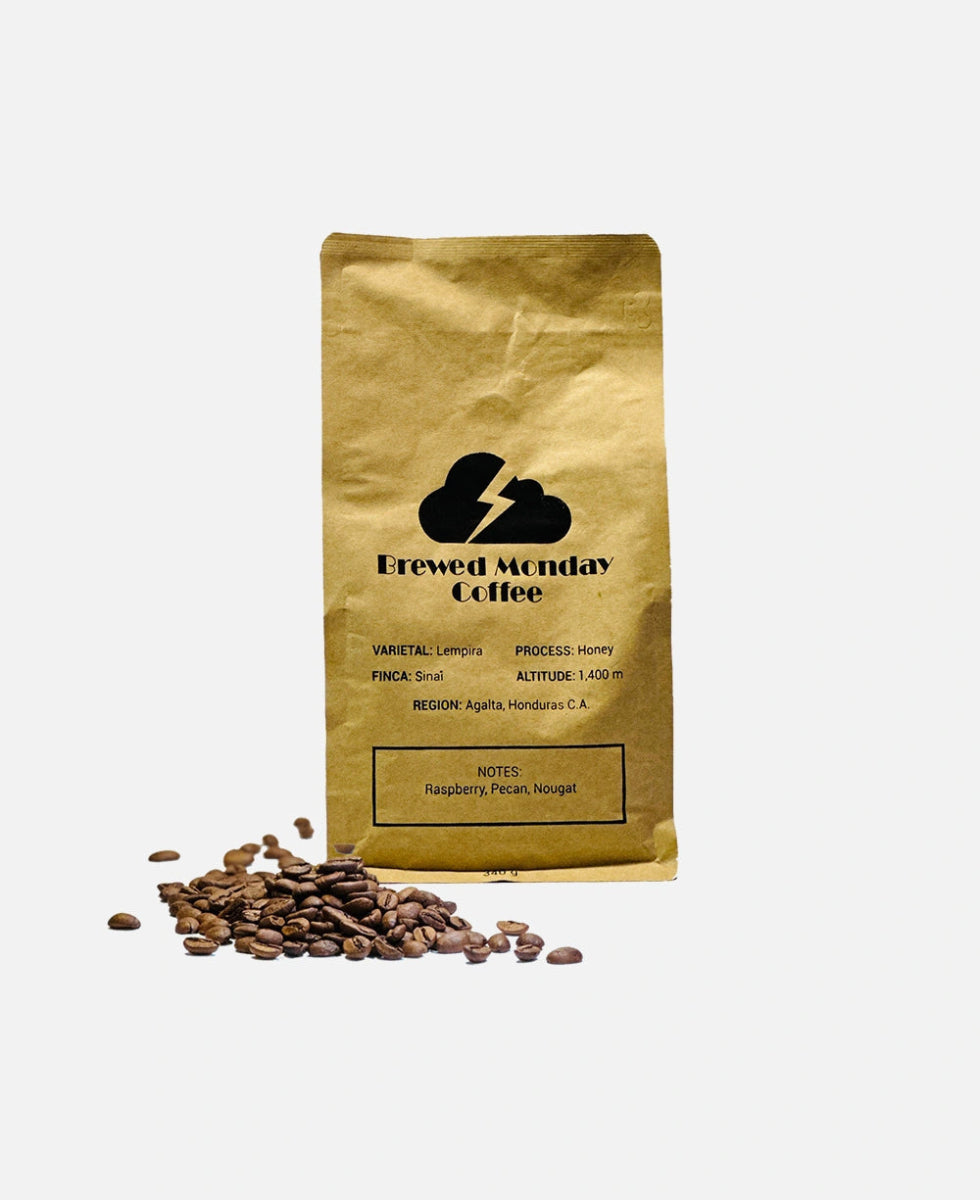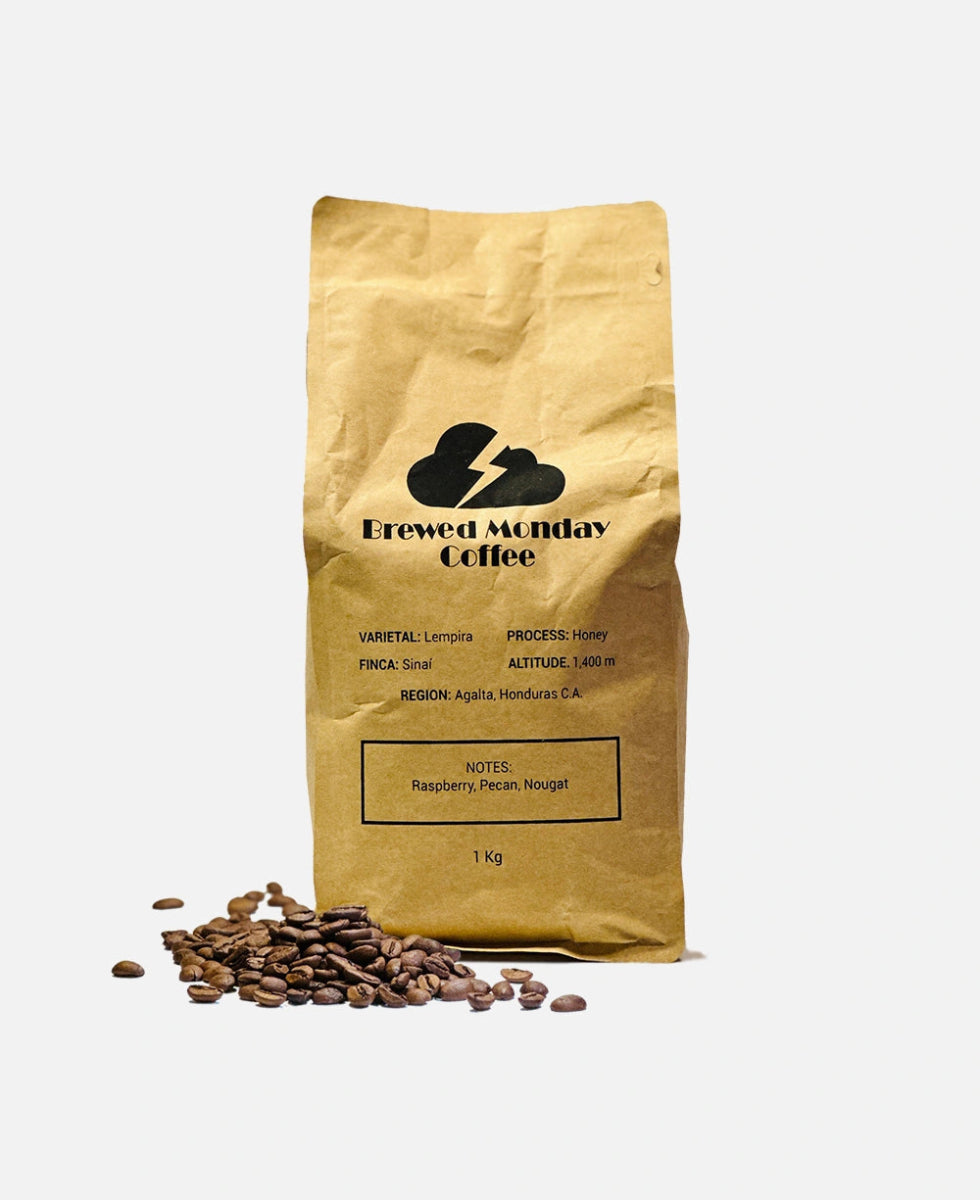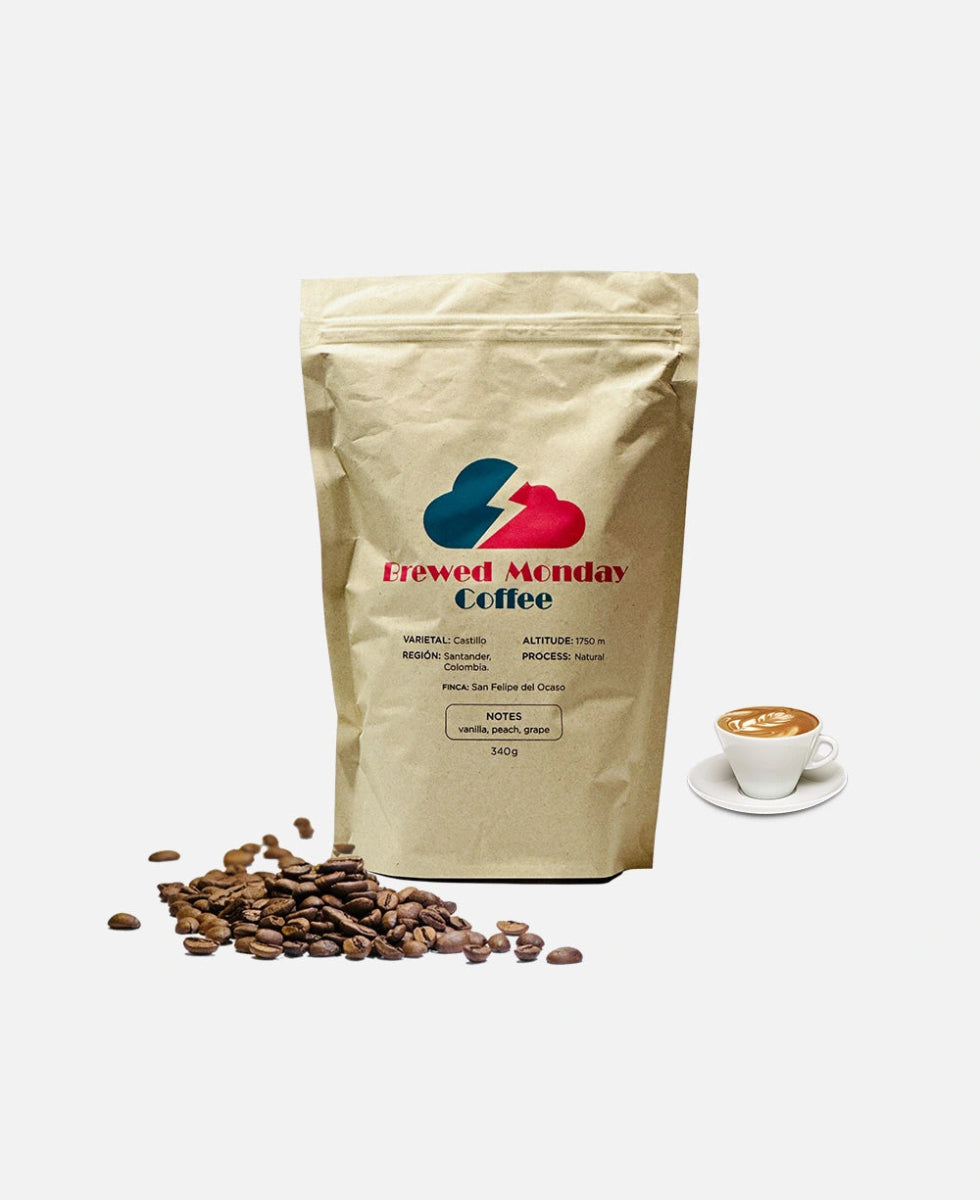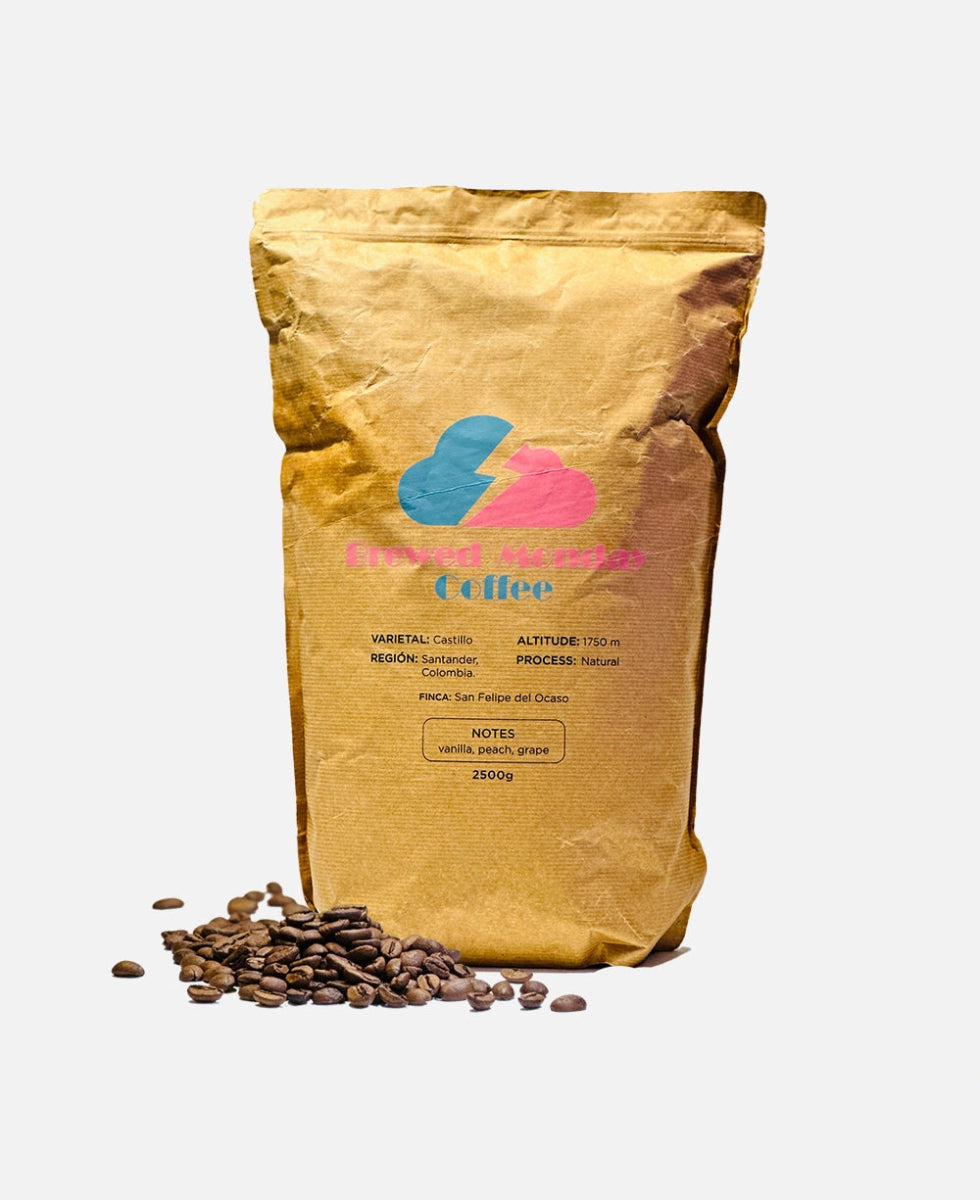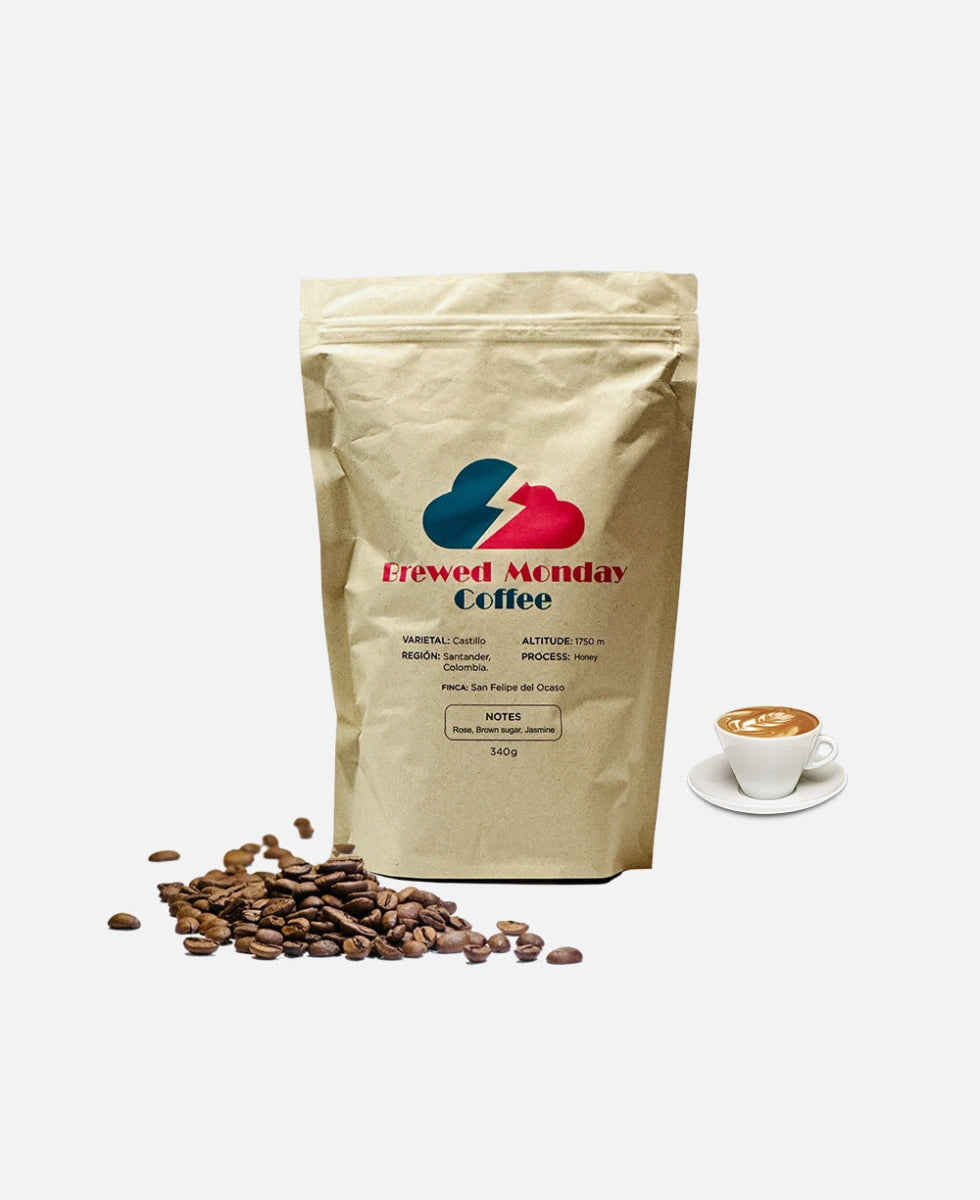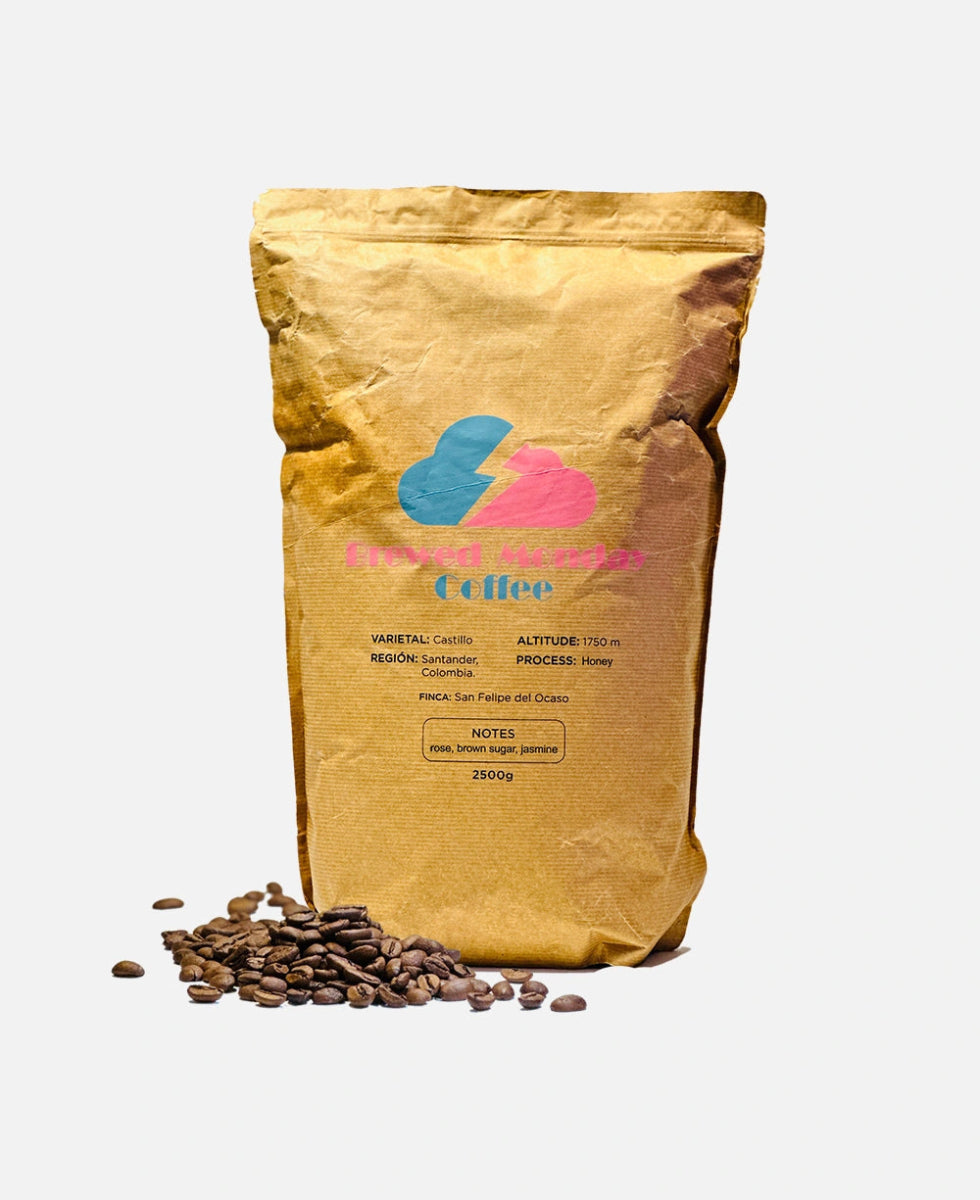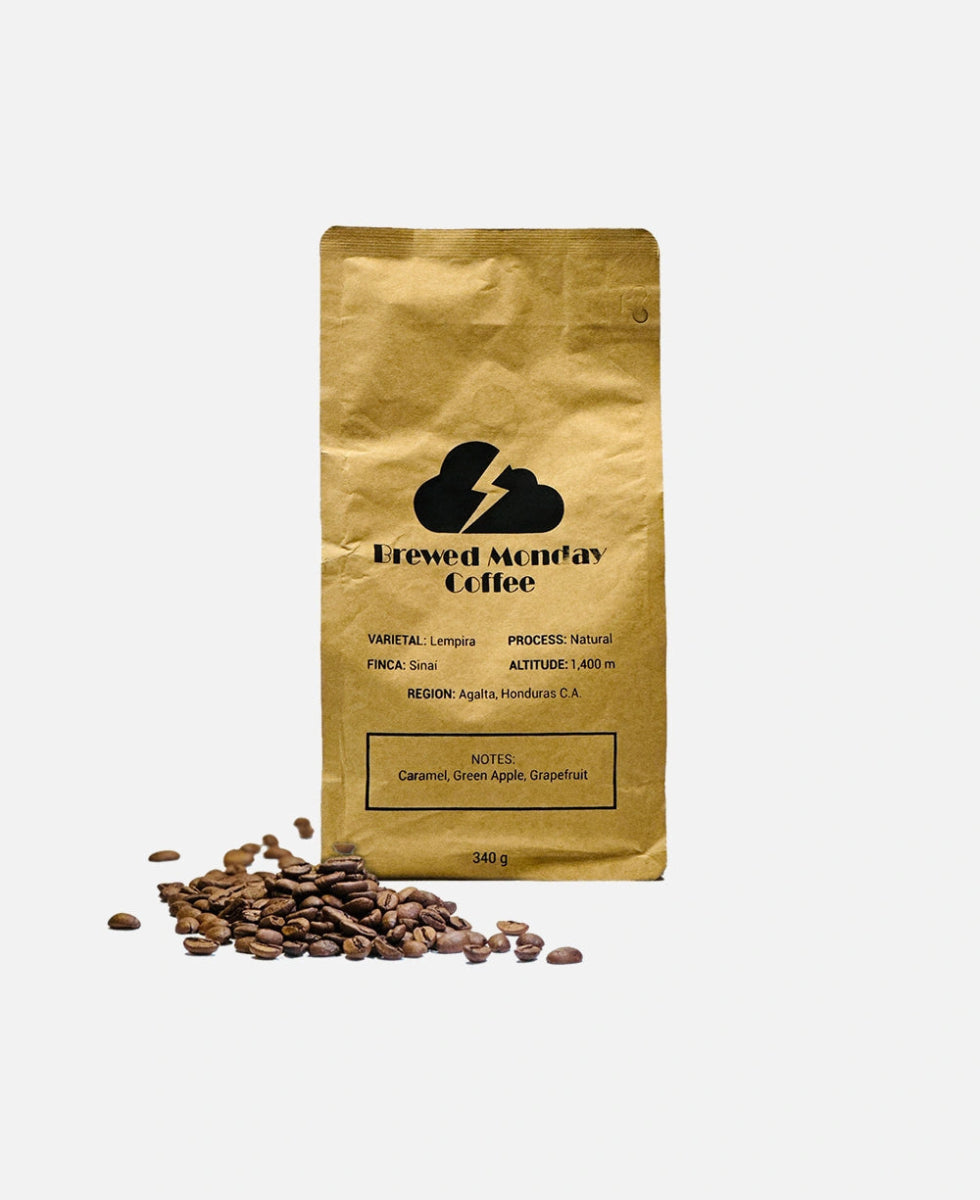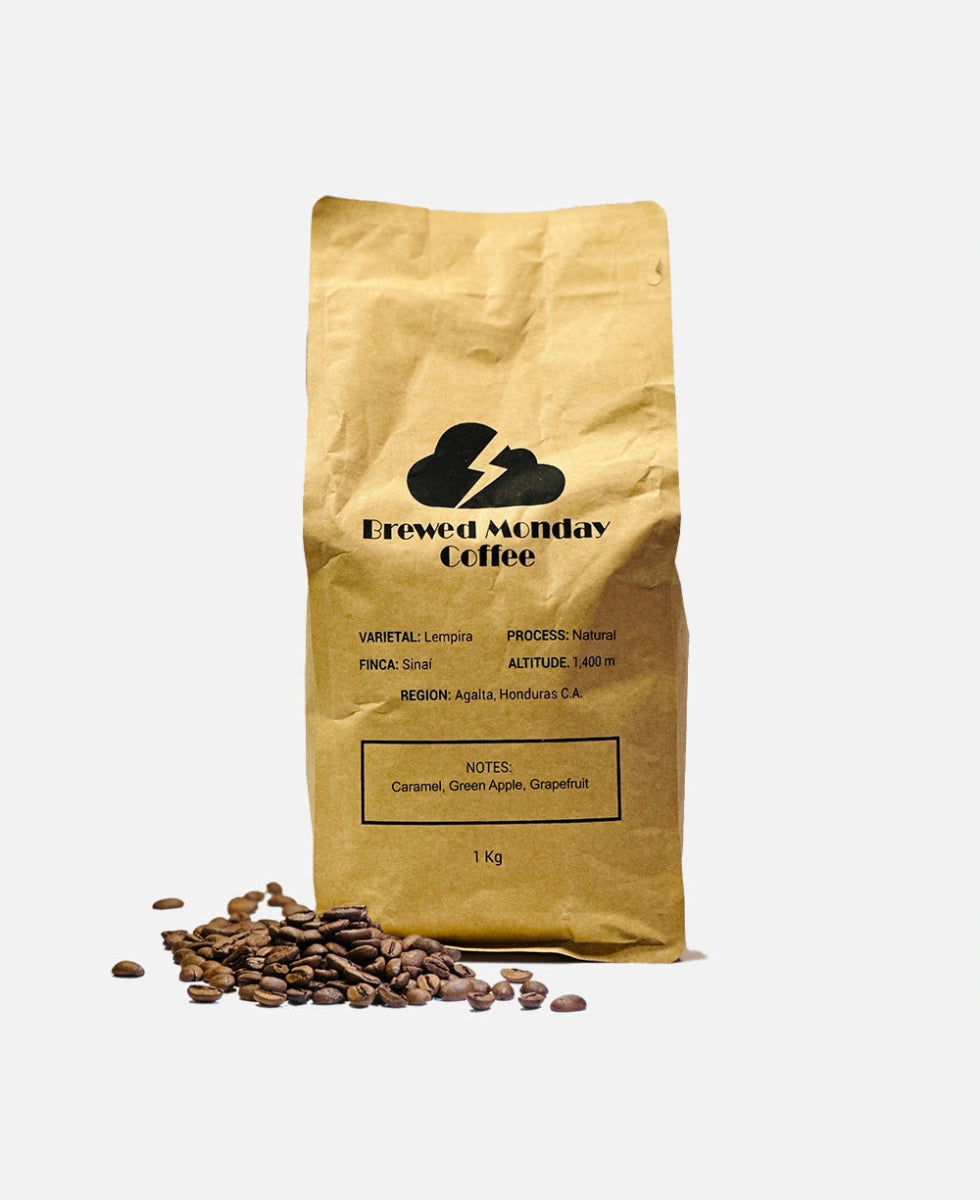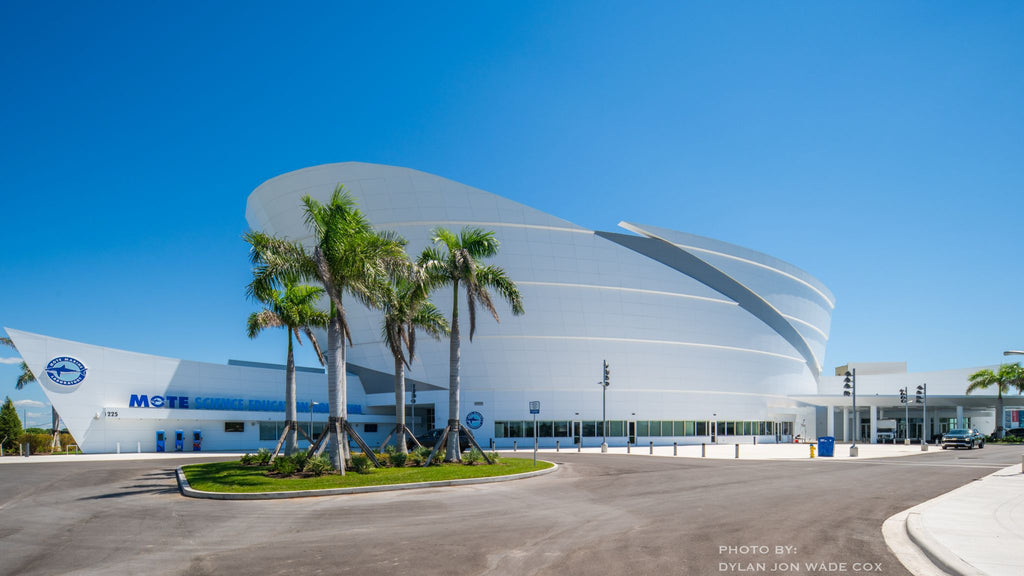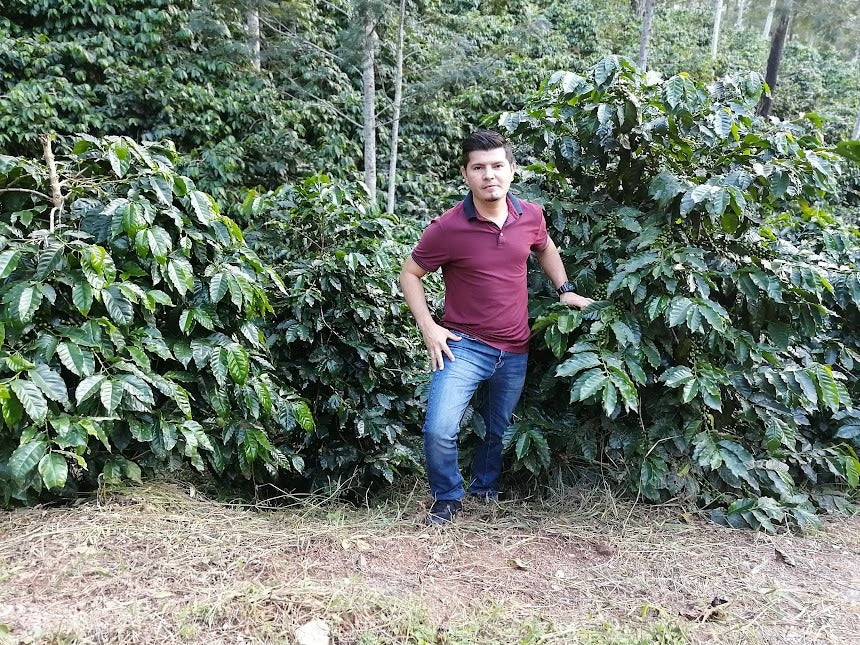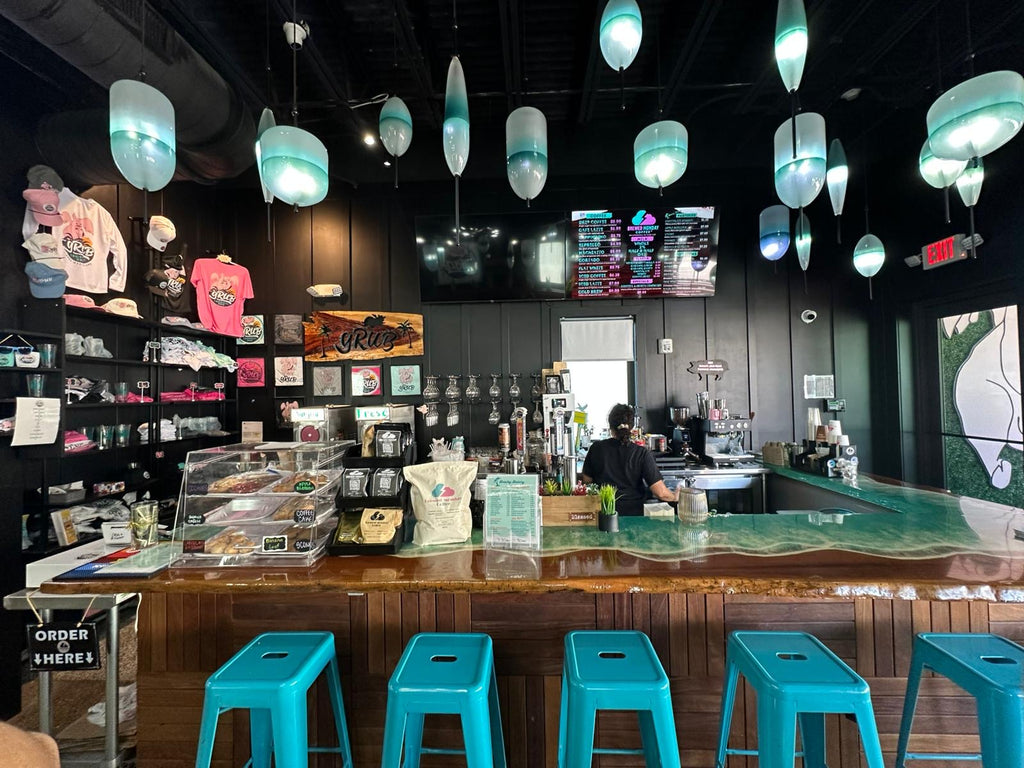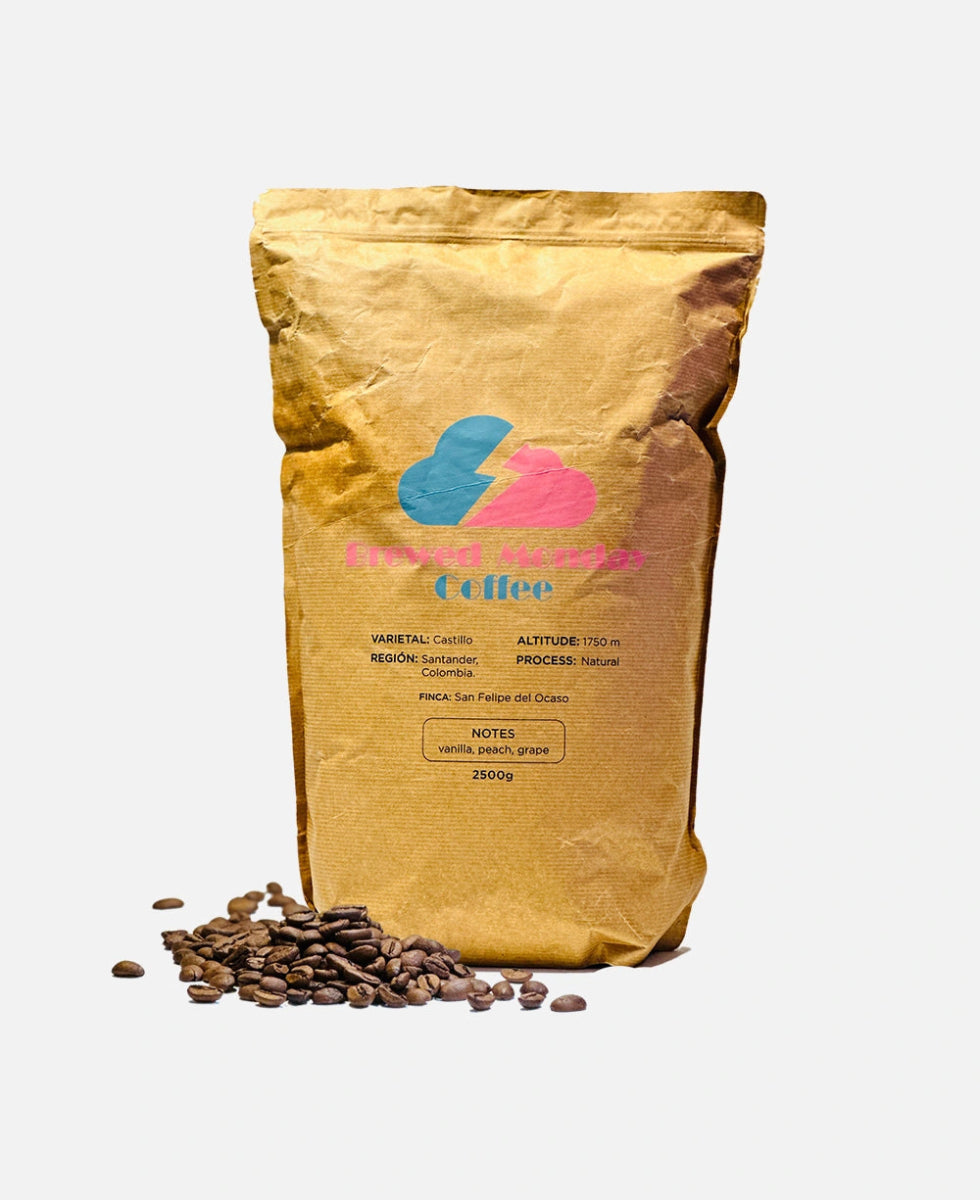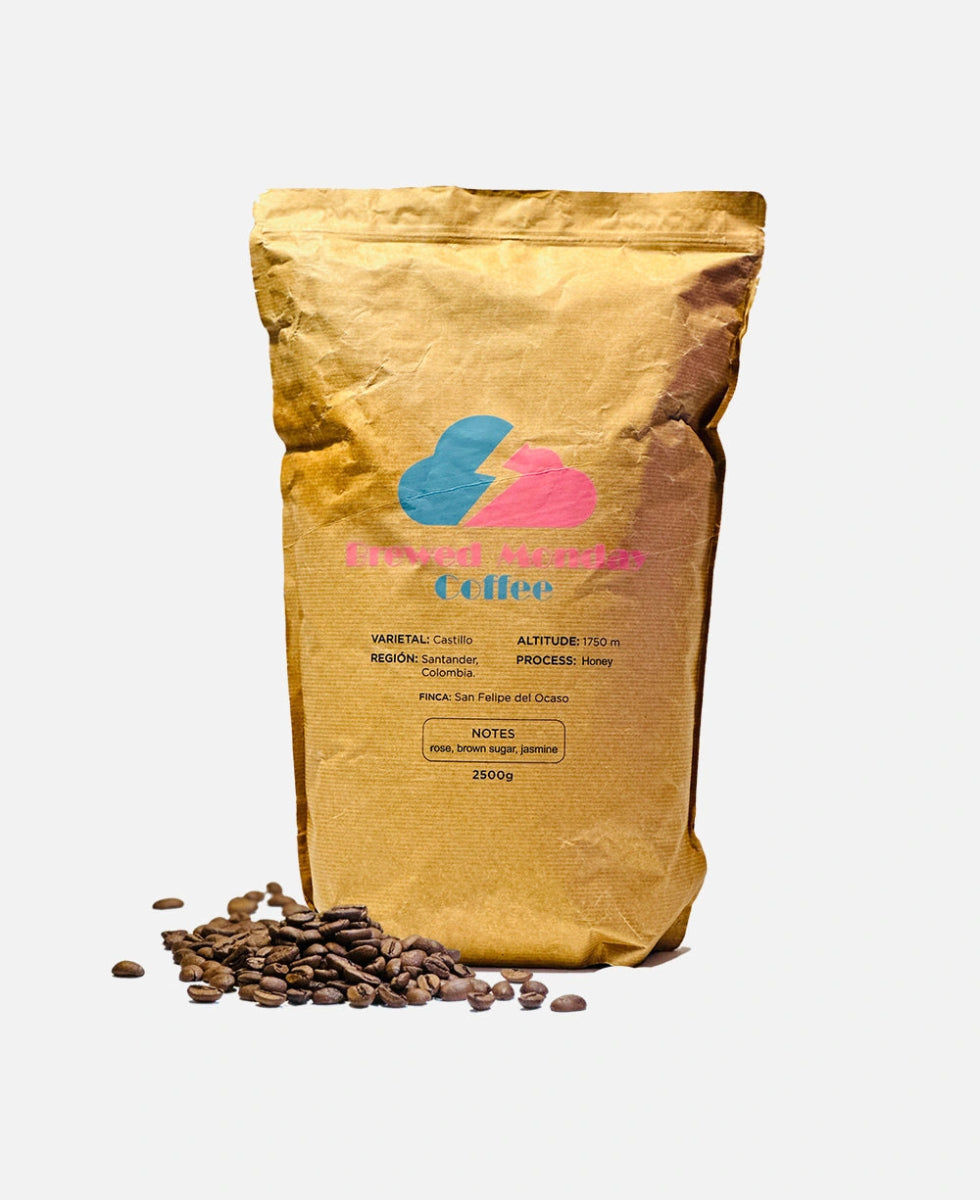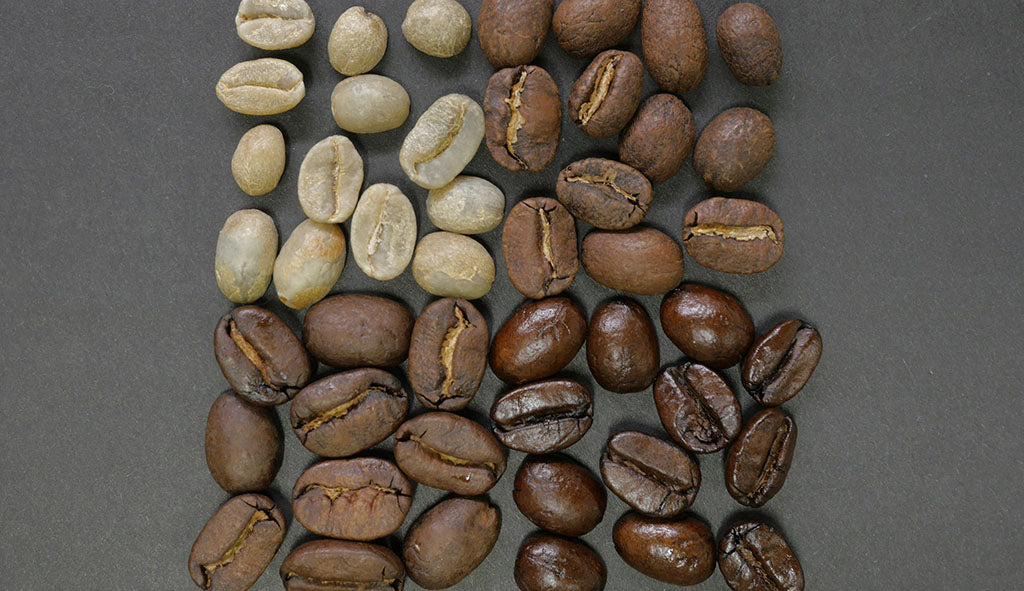
The Definitive Guide to Understanding the Different Types of Coffee Beans

Whether you're a casual coffee drinker or a die-hard java enthusiast, understanding the different types of coffee beans is an essential piece of knowledge. From the bold and rich flavor of Arabica beans to the strong and intense taste of Robusta beans, each variety offers a unique experience for your taste buds. In this definitive guide, we will take you on a journey through the world of coffee beans, exploring their origins, characteristics, and flavors.
Roasted or green, single-origin or blends - we'll dive into the intricacies of each type, providing you with a comprehensive understanding of what makes them distinct. Discover the nuances of the popular coffee bean varieties, such as Colombian, Ethiopian, and Brazilian, as well as lesser-known gems found in regions like Sumatra and Guatemala. As we delve deeper, you'll learn about the cultivation and processing methods that contribute to the final product in your coffee cup.
So grab your favorite brew, sit back, and let us unravel the intricate world of coffee beans. By the end of this guide, you'll be equipped with the knowledge to appreciate coffee on a whole new level, leaving you inspired to explore and savor the different types of beans available.
Arabica vs. Robusta: Understanding the key differences
Arabica and Robusta are the two most commonly cultivated species of coffee beans. Understanding their characteristics is crucial in determining the type of coffee experience you desire.
Arabica beans are known for their delicate and nuanced flavors. Grown at higher altitudes, they have a more complex taste profile with hints of sweetness, acidity, and floral or fruity notes. Arabica beans are typically favored by specialty coffee enthusiasts who appreciate the subtleties of flavor. They are also lower in caffeine content compared to Robusta beans.
On the other hand, Robusta beans have a more robust and bitter taste. They are grown at lower altitudes and are known for their higher caffeine content and earthy flavors. Robusta beans are often used in espresso blends to provide a strong and intense flavor. They also have a thicker crema, which is the layer of foam that forms on top of an espresso shot.
Specialty coffee beans: Exploring unique and rare varieties
While Arabica and Robusta are the most widely grown coffee beans, there is a vast world of specialty coffee beans waiting to be discovered. These unique and rare varieties offer a whole new level of coffee experience.
One such variety is the Geisha (or Gesha) bean, which originated in Ethiopia and gained popularity in Panama. Geisha beans are known for their exceptional floral and tea-like flavors. They are often described as elegant, complex, and highly sought after by coffee connoisseurs.
Another specialty coffee bean worth exploring is the Blue Mountain bean from Jamaica. Grown in the Blue Mountains at high altitudes, these beans produce a coffee that is smooth, mild, and well-balanced. With a hint of sweetness and bright acidity, Jamaican Blue Mountain coffee is considered one of the finest in the world.
Single-origin vs. blended beans: Which is right for you?
When it comes to choosing coffee beans, you may come across the terms "single-origin" and "blended." Understanding the difference between the two can help you make an informed decision.
Single-origin coffee beans come from a specific region or farm, allowing you to experience the unique flavors and characteristics of that particular area. These beans are often associated with high quality and can offer a more distinct taste profile. Single-origin coffees are ideal for those who appreciate the terroir of coffee and want to explore the nuances of different growing regions.
On the other hand, blended beans are a combination of beans from different origins. Blending allows roasters to create a consistent flavor profile by combining beans with complementary characteristics. This can result in a well-balanced and complex cup of coffee. Blends are a popular choice for those who prefer a consistent taste experience and enjoy the art of coffee blending.
Dark roast vs. light roast: Uncovering the flavor profiles
The roast level of coffee beans plays a significant role in determining the flavor profile of your cup of coffee. Whether you prefer a dark roast or a light roast, each has its own unique characteristics.
Dark roast beans are roasted for a longer period, resulting in a deep and intense flavor. The longer roasting time brings out rich caramelized sugars, giving dark roast coffee a bittersweet taste with notes of chocolate or even smokiness. Dark roast coffee is often associated with a fuller body and a lower acidity level.
On the other hand, light roast beans are roasted for a shorter time, preserving more of the bean's original flavors. Light roast coffee tends to have a brighter acidity, a lighter body, and a more pronounced fruitiness. These beans are often preferred by those who enjoy the natural flavors of the coffee and want a more vibrant and complex taste experience.
Organic and fair trade coffee beans: Making ethical choices
As consumers become more conscious of the impact their choices have on the environment and the well-being of coffee farmers, the demand for organic and fair trade coffee beans has been on the rise.
Organic coffee beans are grown without the use of synthetic fertilizers, pesticides, or herbicides. They are produced using sustainable farming practices that prioritize soil health and biodiversity. Choosing organic coffee ensures that you are enjoying a cup of coffee that is free from harmful chemicals and supports environmentally friendly practices.
Fair trade coffee beans are produced under fair labor conditions, ensuring that coffee farmers receive a fair price for their crops. By purchasing fair trade coffee, you are contributing to the sustainable development of coffee-growing communities and promoting social justice in the industry.
Decaf coffee beans: How are they made and do they taste the same?
Decaf coffee beans are a popular choice for those who want to enjoy the taste of coffee without the stimulating effects of caffeine. But how are decaf beans made, and do they taste the same as regular coffee?
Decaffeination is a process that involves removing most of the caffeine from coffee beans. There are different methods used to decaffeinate coffee, including the Swiss Water Process, the Carbon Dioxide Method, and the Chemical Solvent Method. Each method has its own advantages and potential impact on flavor.
While decaf coffee is often associated with a milder taste compared to regular coffee, advancements in decaffeination techniques have improved the flavor profile of decaf beans. Today, you can find decaf coffee that retains much of the flavor complexity and taste characteristics of its caffeinated counterparts.
Popular coffee bean regions and their unique characteristics
Coffee beans are grown in various regions around the world, and each region has its own unique characteristics that contribute to the flavor of the coffee.
Colombian coffee beans are known for their balanced flavor profile, with notes of caramel, chocolate, and fruit. Colombian coffee is often described as smooth and well-rounded, making it a favorite among coffee lovers.
Honduran coffee beans are known for their distinctive qualities and the rich flavors they bring to the cup. These Honduras beans typically offer a sweet and mild taste, often accompanied by a hint of chocolate, vanilla, or fruity notes. The coffee from Honduras is characterized by its smooth body and balanced acidity, which makes it versatile and enjoyable in various brewing methods.
Ethiopian coffee beans are renowned for their diverse flavors and aromas. Depending on the region, Ethiopian coffee can exhibit floral, fruity, or even wine-like characteristics. Ethiopian coffee is often considered to be vibrant, complex, and highly aromatic.
Brazilian coffee beans are known for their nutty and chocolatey flavors. As the largest coffee producer in the world, Brazil offers a wide range of coffee profiles, from sweet and mild to bold and full-bodied. Brazilian coffee is often used as a base for espresso blends due to its low acidity.
Tips for buying and storing coffee beans for maximum freshness
To ensure you enjoy the freshest and most flavorful cup of coffee, it's essential to buy and store your coffee beans correctly. Here are some tips to help you maintain the freshness of your beans:
1. Buy whole bean coffee: Whole bean coffee retains its freshness for a longer period compared to pre-ground coffee. Grinding your beans just before brewing ensures maximum flavor.
2. Check the roast date: Look for coffee beans with a recent roast date. Freshly roasted beans offer the best flavor.
3. Store in an airtight container: Transfer your coffee beans to an airtight container to protect them from moisture, light, and air. Avoid storing them in the refrigerator or freezer, as the moisture can affect the taste.
4. Keep away from heat: Heat can accelerate the staling process of coffee beans. Store them in a cool, dark place, away from direct sunlight and heat sources.
By following these tips, you can enjoy the full flavor and aroma of your coffee beans for an extended period.
Conclusion: Finding your perfect cup of coffee
Understanding the different types of coffee beans opens up a world of possibilities for your coffee journey. From the unique characteristics of Arabica and Robusta beans to the exploration of specialty and rare varieties, there is a coffee bean to suit every taste preference.
Whether you prefer the complexity of a single-origin coffee or the consistency of a well-crafted blend, knowing the differences between them can help you make an informed choice. The roast level and the ethical considerations of organic and fair trade coffee also play a role in selecting your perfect cup.
So, the next time you savor your morning brew or explore a new coffee shop, take a moment to appreciate the journey that coffee beans have taken to reach your cup. With this definitive guide as your companion, you are equipped to explore, experiment, and savor the diverse world of coffee beans. Happy brewing!

